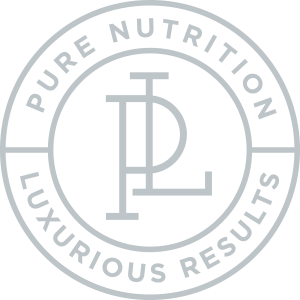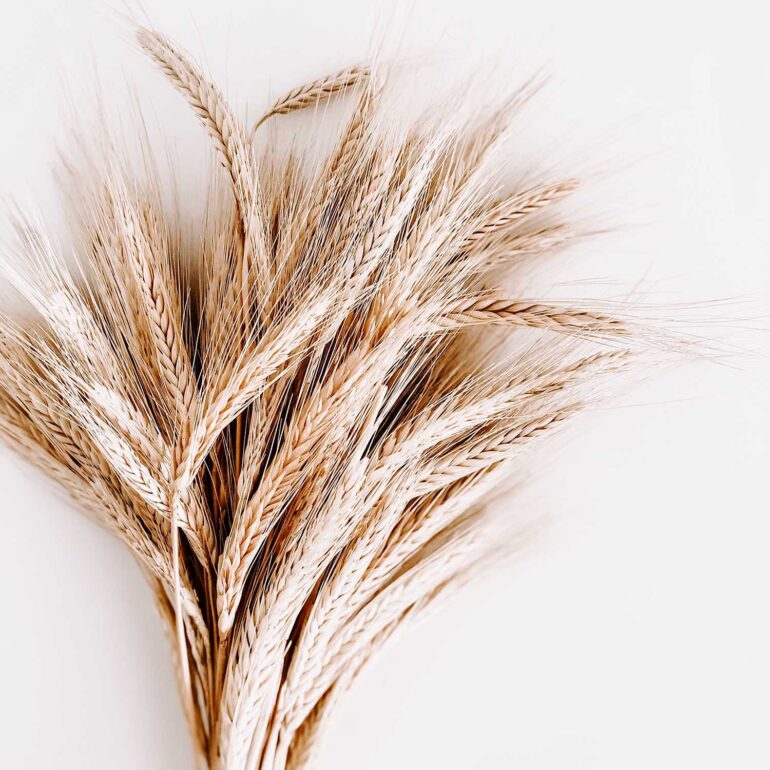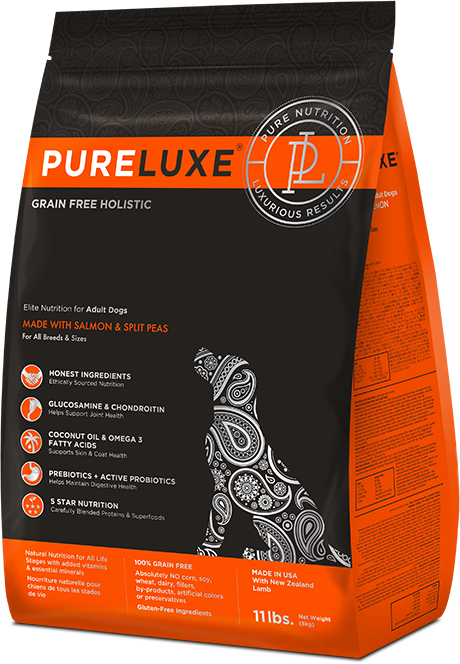There are a number of potential benefits to feeding your pet grain-free food. These include:
- Improved digestion: Grains can be difficult for some dogs and cats to digest, and can lead to digestive problems such as bloating, gas, and diarrhea. Grain-free food is easier for most pets to digest, and may help to improve their overall digestive health.
- Reduced allergies: Grain allergies are a common problem in pets, and can cause a variety of symptoms, including itching, scratching, hair loss, and skin problems. Grain-free food can help to reduce allergic reactions in pets with grain allergies.
- Healthier skin and coat: Grains can contain gluten, which can irritate the skin and coat of some pets. Grain-free food can help to improve the skin and coat of pets with sensitive skin.
- Increased energy levels: Grain-free food is often higher in protein and fat than traditional pet food. This can help to increase your pet’s energy levels and improve their overall health and well-being.
If you are considering feeding your pet grain-free food, it is important to talk to your veterinarian first. They can help you determine if grain-free food is right for your pet and can recommend a high-quality grain-free food that meets your pet’s individual needs.
Here are some additional things to keep in mind about grain-free pet food:
- Grain-free food is not necessarily lower in carbohydrates than traditional pet food. Many grain-free foods contain high levels of carbohydrates from other sources, such as potatoes, peas, and lentils.
- Grain-free food may be more expensive than traditional pet food.
If you are concerned about the potential risks of grain-free food, you can talk to your veterinarian about other dietary options for your pet. See all of PURELUXE’s grain free dog and cat formulas at pureluxepetfood.com.




















